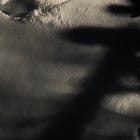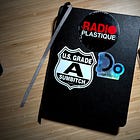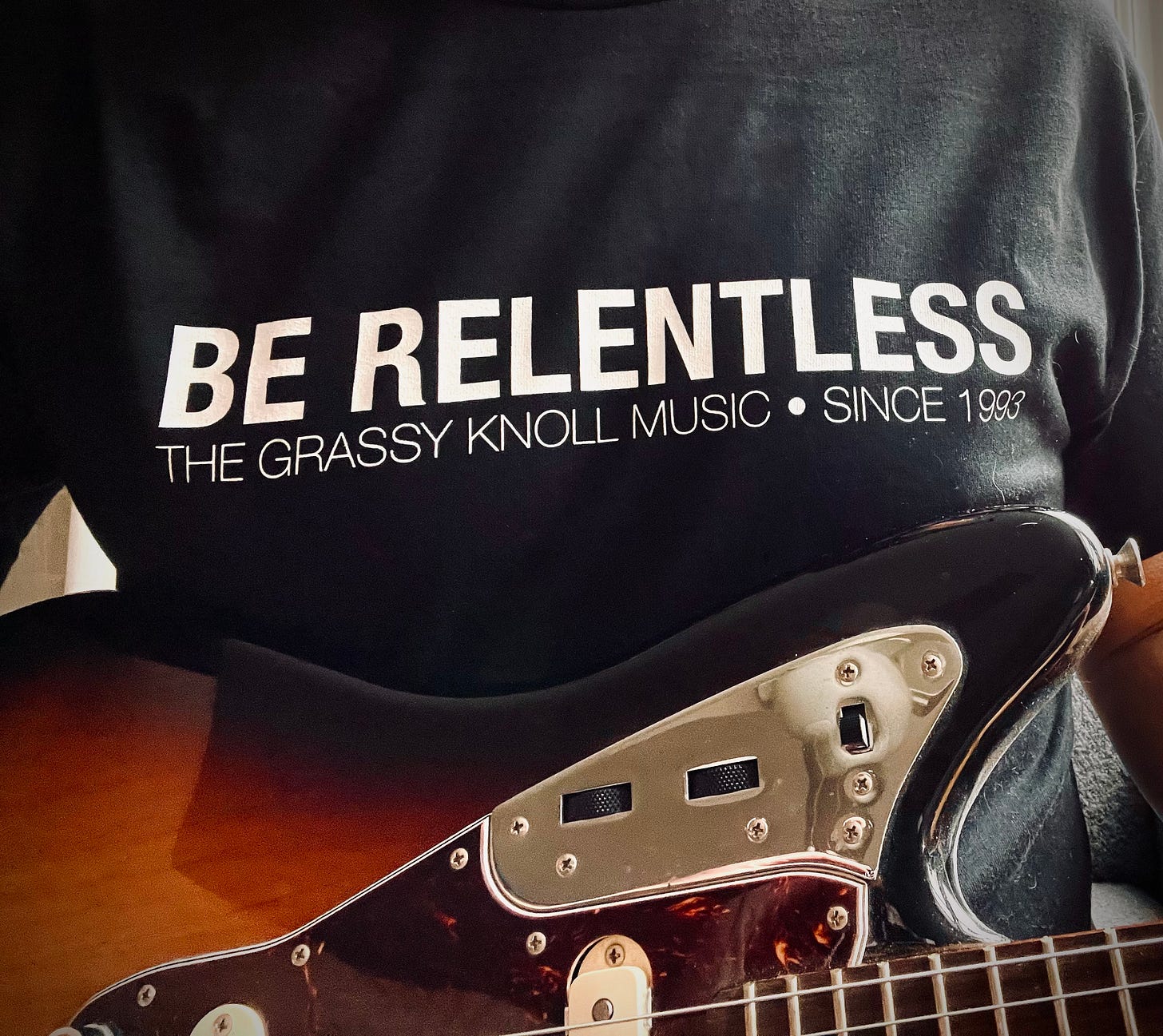EPISODE 10: Thunder Ain't Rain / How Cold Love Is / Faithfull
Of Sound and Fury: The Music Behind the Madness
THE TRACK
“Thunder Ain’t Rain,” the last track off of the the grassy knoll album III, was released in 1998 on PolyGram’s Verve/Antilles. The music was created with drum loops, bass guitars, samples, a synth solo by Nick Sansano, and track-ending guitar sonics by Thurston Moore.
THE VIDEO
In previous stories, I detailed three methods of constructing audio/visual compositions for the live performances during my residency at Pianos. “We Will Rock You” was created solely using clips with its associated audio—video as sound source, editor as composer. “A Night In NYC” was constructed in a similar manner but expanded on the concept and added a narrative element by adding drum loops, live bass, and raw video footage. The footage gave the piece a sense of story, a visual elegance, and opened up a palette of possibilities for future video content. The third method of construction builds on the previous two examples but this time the audio/visual collages find a home on original the grassy knoll album tracks like “Black Helicopters.” Existing tracks edited and repurposed—they are heard, seen, and experienced in a completely new way.
The video for “Thunder Ain’t Rain” adheres to this third methodology by utilizing clips of Tina Turner, saxophonist Dave Liebman, Jimmy Page, and Robert Plant. In order to keep the video succinct, two sections—a break and Moore’s outro—were omitted from the original.
THE FOOTAGE
The raw footage for the video was shot in Lower Manhattan, Times Square, The East Village, and Grand Central Station shortly after 9/11. There was an abundance of tension in the streets as no one understood exactly what was going on. The music echos the sentiment that these visuals convey.
THE TITLE
My friend Greg chose the title for the music. He came across the words while reading R.G. Vliet’s novel, Scorpio Rising. Vliet finished this book a mere five days before he died of cancer at the age of 53. In the book comes this line, "‘Thunder ain't rain,’ he'd say, ‘So you go on writing.’" A fitting title for the last song on what would be the final album with Verve/Antilles.
SOMETHING OLD
MARIANNE FAITHFULL / Working Class Hero / 1989
Marianne Faithfull – “Working Class Hero” (Live, 1989) is a stark and emotionally charged cover of John Lennon’s searing protest song. Faithfull performed it during her Blazing Away tour, which was later released as a live album in 1990. This era marked a significant period in her career—post-addiction, with her voice transformed into its now-famous rasp, lending a raw, world-weary gravitas to everything she sang.
By 1989, Faithfull had fully embraced her role as an interpreter of dark, introspective material. She had re-emerged in the late '70s with Broken English, and Blazing Away (both the album and the tour) cemented her status as a mature, brutally honest performer.
Covering “Working Class Hero” wasn’t just a tribute to Lennon—it felt like a reclamation of a truth she had lived. Her own story, marked by fame, addiction, and redemption, mirrors the song’s themes of societal manipulation and loss of innocence.
SOMETHING NEW
FONTAINES D.C. / How Cold Love Is / 2022
Fontaines D.C.’s live performance of “How Cold Love Is” on KEXP in 2022 shows the band at their most restrained and atmospheric. Taken from their third album Skinty Fia, the song marks a shift away from the raw punk energy of their earlier work toward something darker, more brooding, and emotionally distant.
The performance is tense and hypnotic, built on space and subtlety rather than volume. Grian Chatten’s detached vocal delivery adds weight to every line, creating a sense of cold disillusionment that perfectly matches the song’s title. His presence is understated but captivating, drawing you in with minimal movement and maximum mood.
Set in KEXP’s stripped-back studio environment, the performance feels intimate yet icy. The clarity of the session highlights the band’s precision and control, letting the tension simmer without ever fully breaking. It’s a slow burn—more fog than fire—that reveals a band evolving their sound without losing their edge.
FROM THE ARCHIVE:








